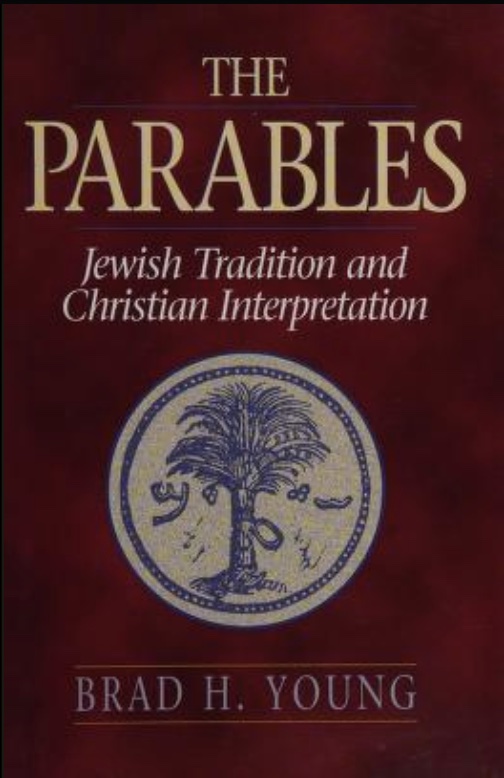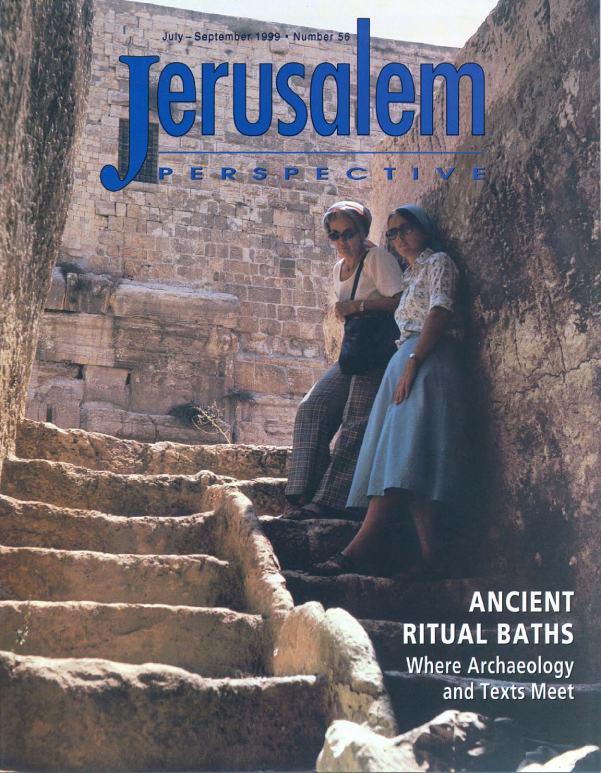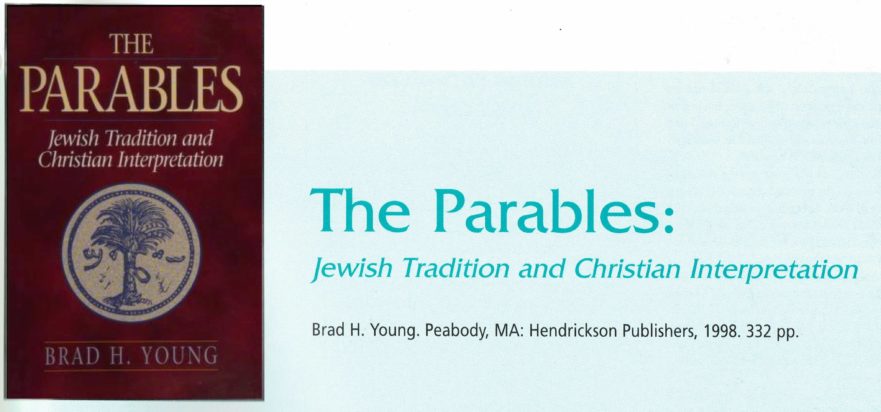In his most recent book, Professor Brad Young has returned to Jesus’ parables. Nine years after the publication of his doctoral dissertation on the same subject,[1] he again brings his formidable linguistic skills in Greek, Hebrew and Aramaic to bear on both synoptic and Jewish parables. The result of this extensive research yields unique insights that will enable students of the Gospels to explore additional facets of Jesus’ teaching.

Young shows that among the hundreds of extant rabbinic parables, parallels can be found to those in Matthew, Mark and Luke. For these mini-dramas, Israel’s sages often called upon the same cast of actors as did Jesus. They posed similar questions about God’s character and addressed related ethical concerns common to daily life. Moreover, they designed their parables to have a crispness of presentation that Christians associate with their synoptic counterparts. Capitalizing on this already developed and highly effective didactic tool, Jesus modified and adapted his parables for each new occasion. Nevertheless, his parables do not depart from the conventions of the genre.
Young’s conviction regarding the importance of discovering the single, main point that a parable was intended to make stands as a salient conclusion of his study. Motivated by this conclusion, he writes:
The primary focus of the parables can be understood only by careful examination of the words of Jesus in the Gospel texts and by an in-depth study of their setting. When care is taken to consider the Hebrew character of the saying of Jesus, as well as parallel texts in early Jewish literature, the main point of the parables’ message will emerge from the side issues that obscure the clear purpose of each illustration. Many of these vital issues raised in contemporary scholarly discussion will be clarified by linguistic analysis and comparative study of religious ideas. (p. 44)
The author has structured his book in a way which benefits the reader who wants to study a particular parable, or related group of parables. Under subheadings the elements of Young’s exegetical methodology are applied. Thus, for a given synoptic parable, he discusses such topics as its primary focus, setting in life (or, sitz im leben), parallel rabbinic parables, Jewish theology of the topic, Christian interpretations and the decisive action for which the parable calls. The excellent footnotes and the indexes greatly facilitate examining at firsthand the relevant academic literature and ancient sources.
In The Parables: Jewish Tradition and Christian Interpretation, the author has produced more than a treatise on a most important topic: for the non-specialist the book offers a timeless window through which he or she may peer into the world of the Jewish sages and their disciples. For those exploring their textual-conceptual world for the first time, reading this book will prove an exciting and enriching experience. Young’s solid research will challenge traditional interpretations, but equipped with his insights and understanding, and encouraged by his enthusiasm, many readers will hear more distinctly Jesus’ clarion call to action—a call that traditional interpretations sometimes muffle.
Richard W. Purcell, Issachar Ministries, St. Helens, U.K.

- [1] Brad Young, Jesus And His Jewish Parables (Mahwah, NJ: Paulist Press, 1989). For reviews of Jesus and His Jewish Parables, see David Pileggi, “Book Review: Brad Young’s Jesus and His Jewish Parables,” and David Flusser, “Book Review: David Flusser’s Personal Perspective on Brad Young’s Jesus and His Jewish Parables.” ↩





































































